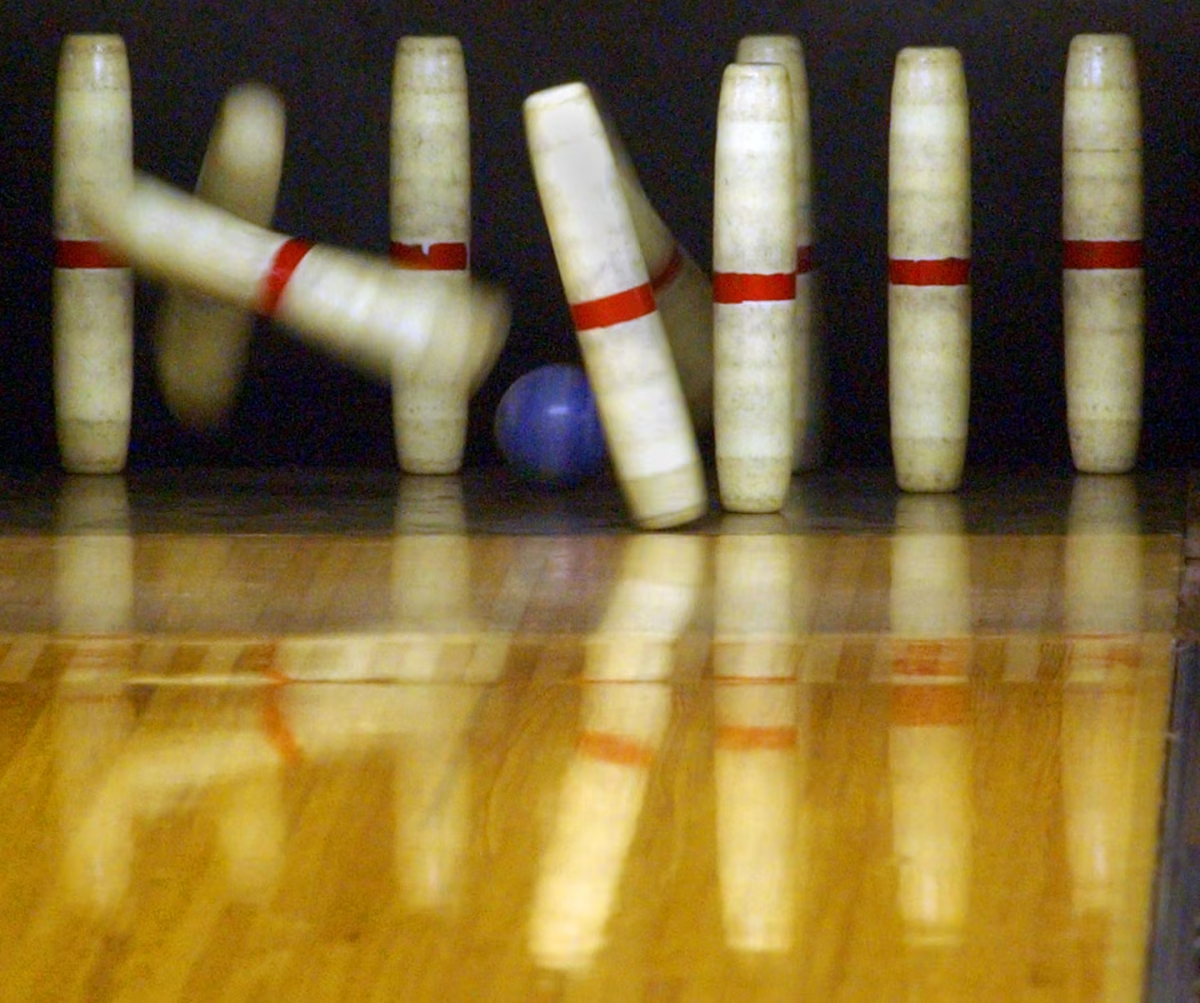
“Let’s take a Snow!” “What is your favorite Snow filter?” I heard girls saying to each other in excitement while I waited for my friends to arrive in front of Shibuya station in Tokyo. As soon as my friends arrived, I asked them what “Snow” was. This earned a look of amazement. They couldn’t believe I had never heard of the app.
Snow is an app that has recently taken Japan by storm, much like the Snapchat phenomenon in the western part of the world. It was created by Korean company Naver, the developer behind Line messenger.
Snow is a temporary photo-taking app that creates conversation between users through photos taken with the inclusion of filters.
One of the main differences between Snow and Snapchat is that the filters on Snapchat change their selection frequently, often have locally themed geotags and geotags that correlate with something happening widespread, like the Presidential Debate or New York Fashion Week. Yet, Snapchat’s countless filters are still fewer than the selection of those offered on Snow.
Snow is more focused on changing the way the user looks personally, like the funny face filters—but it takes it a step further.
First, you choose what kind of skin tone you wish to have, then you choose from all the categories of face filters —which are referred to as “stamps”—whichever one you would like to have on your face and the face of whoever is joining you in the picture-taking process. There are countless filters to choose from that can be downloaded for free, including the synonymous dog filter as seen on Snapchat, a fried egg or a rock star performing at a concert.
Snow includes a GIF maker (similar to Instagram’s Boomerang) and 72-hour stories as opposed to Snapchat’s shorter 24-hour option.
So naturally I had to check it out.
The first filter I tried was a stamp that adds two fluffy round ears and a brown furry snout that makes your cheeks appear to be blushing—my initial thoughts were that maybe it was a pig? The most bizarre thing about this filter is that when you open your mouth, two little bear hands appear and it looks like they’re feeding you a chocolate chip cookie.
Despite Snow’s similarities to Snapchat, filters like this one truly make it unique, and oddly enough this seems to be the most popular stamp among users despite its ambiguous meaning.
Another interesting feature about the app is that the stamps can apply onto as many people’s faces that can fit into the frame of the photo—unlike Snapchat where a maximum of two faces can have a filter at the same time.
This feature gives the freedom to have filters that consist of two types of stamps at the same time and can randomly alternate to give you the stamp you most desire.
I feel like this feature employs a great strategy since it calls for goofy group photography sessions which millennials are always striving for.
Even though most of the communication aspects are extremely similar to Snapchat, most of the time people only use the app to take photos of themselves to save to their photo library. The app seems to acknowledge that it is more in line with a goofy Photo Booth than it is with social media.
Not many people add their photos to their stories or send photos to their friends through the app like they do on Snapchat.
I’m not sure how this app would be received here in the U.S. with Snapchat as a competitor. In fact, much of Snow’s success can be attributed to the fact that Snapchat is blocked from the country as a whole.
Matthew Hachisu can be reached at [email protected].


















